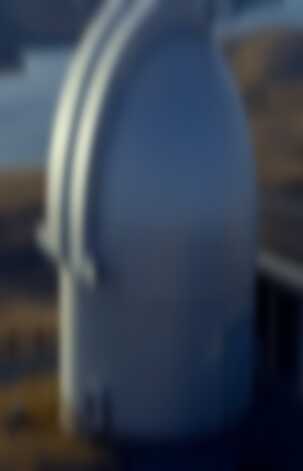-
Popular places to visit
Popular things to do
Helpful tips
Here's a few useful links to help with planning your trip to Aotearoa New Zealand.
-
Popular places to visit
Popular things to do
Helpful tips
Here's a few useful links to help with planning your trip to Aotearoa New Zealand.

Dark, clear skies, unique celestial features and otherworldly landscapes make stargazing in New Zealand a breathtakingly magical experience.
Here, the heavens appear closer to Earth.
Compared to many countries, New Zealand has relatively little light pollution. It is also home to some of the most accessible night-sky observatories in the world.
Escape the city lights and discover the best spots in the North Island to see the stars in all their glory.


By Brett Phibbs
Continue on your celestial journey and discover enchanting dark sky experiences that will leave you awe-inspired and craving more.